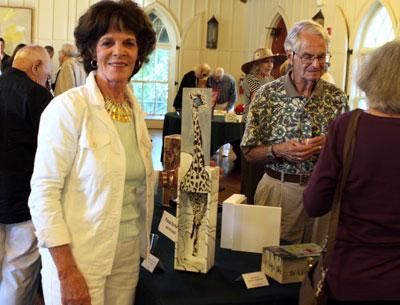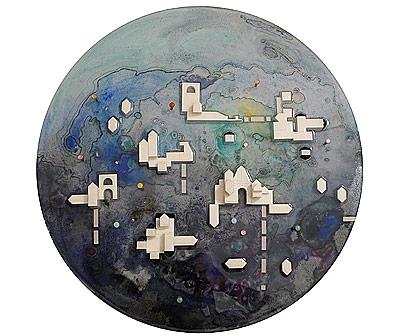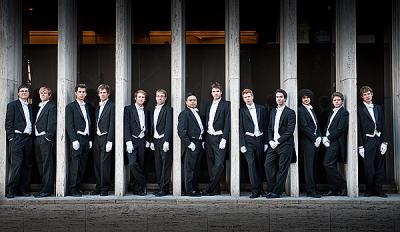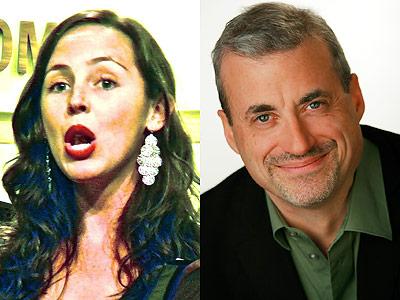Box Art Auction
Box Art Auction

The annual Box Art Auction to benefit East End Hospice will be held at the Ross School’s Center for Well-Being in East Hampton beginning at 4:30 p.m. on Saturday. Arlene Bujese organized the auction of the work of some 75 East End artists who contributed their takes on a plain box — keeping it simple or making rather grand transformations.
There will be two auctions, a silent one starting at 4:30 and a live auction conducted by Bonnie Grice of Peconic Public Broadcasting at 6. Admission is $75, which includes wine and hors d’oeuvres catered by Dreesen’s of East Hampton. More information can be had by e-mailing Theresa Murphy of East End Hospice at [email protected].







